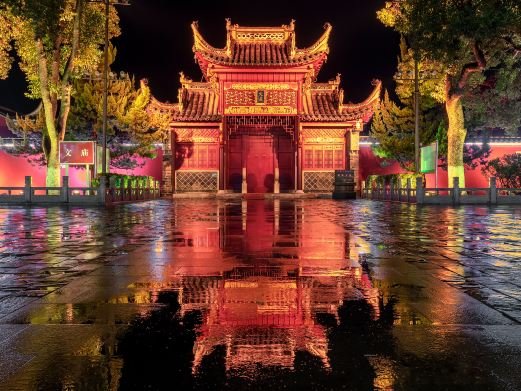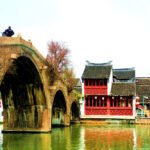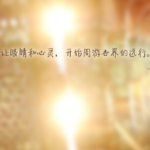The Confucius Temple, formerly known as the ‘Sacred Temple’ or ‘Academy,’ is a ceremonial architectural complex dedicated to the worship of Confucius. According to records in the Qing Dynasty’s ‘Anqing Prefecture Chronicles’ and ‘Tongcheng County Chronicles’: The Tongcheng Confucius Temple, originally located outside the eastern city wall, was first constructed in the early years of the Yuan Dynasty’s Yanzhi period (AD 1314) and was destroyed by war at the end of the Yuan Dynasty. In the early years of the Ming Dynasty’s Hongwu period, the county magistrate Qu Nahai relocated the temple to its current site. Subsequently, it suffered from military conflicts and erosion by wind and rain. Particularly in the third year of the Qing Dynasty’s Xianfeng period (1853), it was severely damaged, leaving only the stone star gate. The temple underwent 19 repairs during the Ming and Qing dynasties. In the third year (1864) and fifth year (1866) of the Qing Dynasty’s Tongzhi period, local gentry and county magistrates donated funds to start the restoration of the Confucius Temple, which included the construction of a screen wall, gate tower, Pan Pond (bridge), Dacheng Gate, Wenchang Temple, Chongsheng Temple, east and west corridors, Dacheng Hall, Minglun Hall, and palace walls. The temple is divided into two courtyards, front and back, by the Dacheng Gate, forming the scale of today’s Confucius Temple. Despite its history of rise and fall, the temple has been restored to its original appearance. The newly renovated temple still maintains its majestic layout, simple and elegant style, grand scale, and harmonious unity, resembling a set of solidified beautiful movements. The golden ‘Confucius Temple’ inscribed on the gate tower is the work of Mr. Zhao Puchu. The temple is open all year round from 09:00 to 17:00; from 09:00 to 16:30; and is closed all day on Mondays. The specific business status is subject to the actual opening conditions on the day.







